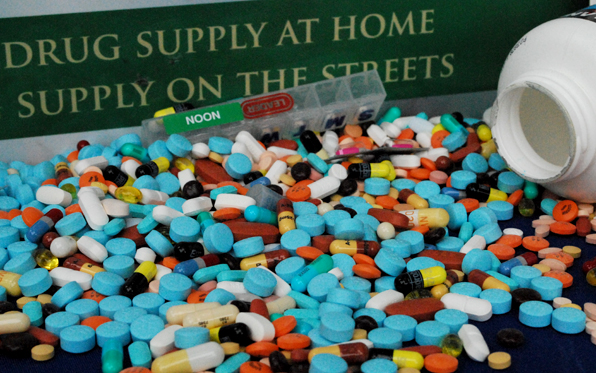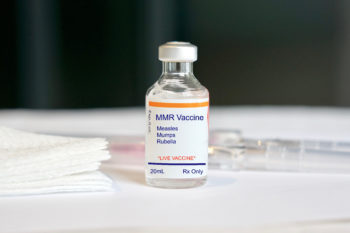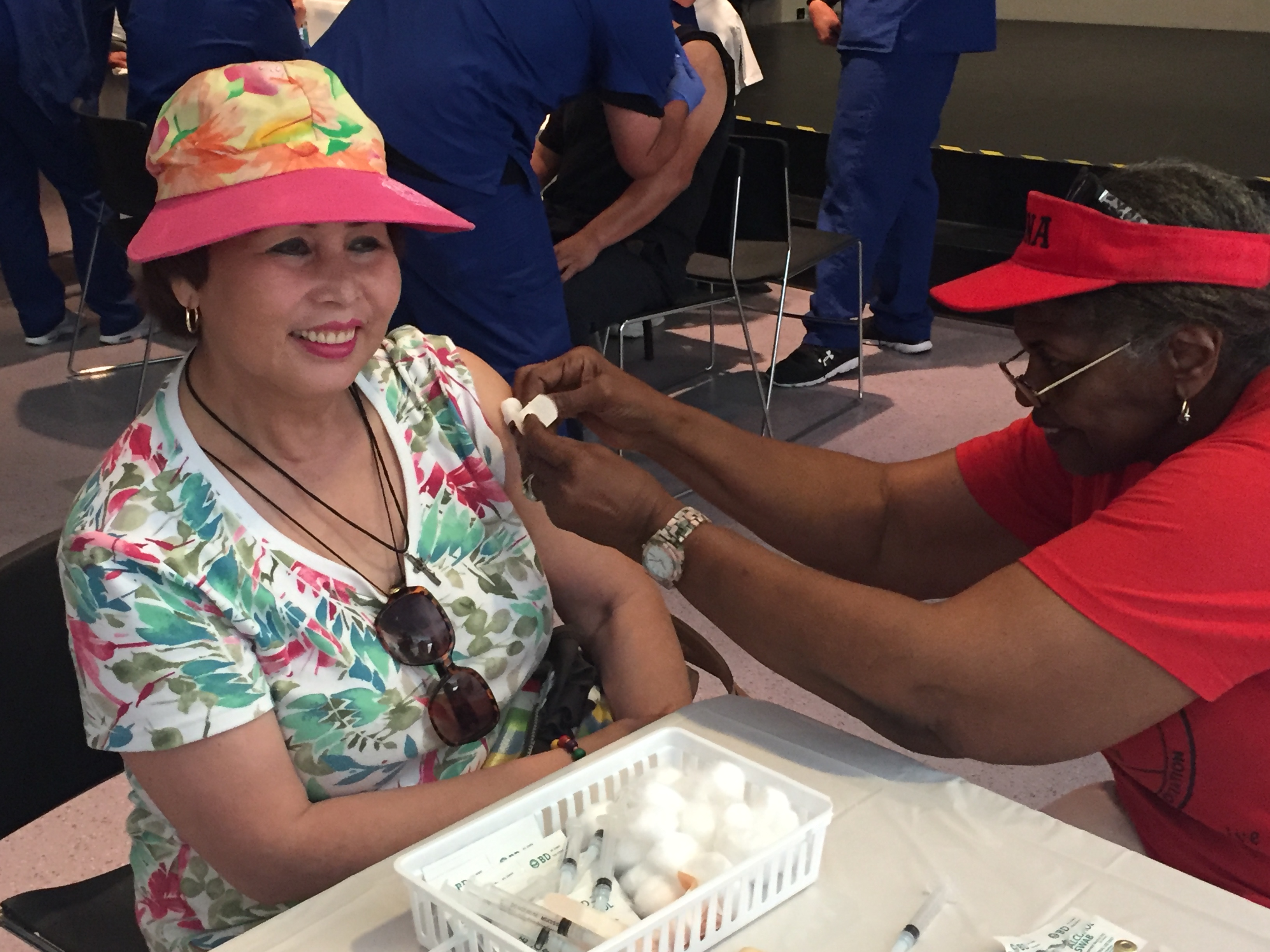The number of prescription drug and other opioid-related deaths in San Diego County has remained steady over the past few years, according to the latest report.
The County’s 2017 Prescription Drug Abuse Report Card shows 253 fatalities last year. That is five more than in 2015, but 15 fewer than in 2012 when the highest number was recorded.
“It’s good news that prescription drug–related deaths have dropped slightly since 2012,” said Alfredo Aguirre, director of Behavioral Health Services for the County Health & Human Services Agency and a member of the Prescription Drug Abuse Task Force executive committee. “However, misuse and abuse of prescribed medicines continues to be a serious issue in the region.”

In addition to deaths, the report card tracks other indicators of opioid abuse in the county. It also shows the following (most recent years for which numbers are available vary by statistic):
- 7,501 visits to local emergency rooms in 2015, compared to 6,866 in 2013.
- 14 percent of 11th graders reported prescription drug abuse in 2015 vs. 13 percent in 2013.
- 49 percent of adults arrested reported misusing prescription drugs in 2016, compared 42 percent in 2015.
- 31 pharmacy store burglaries and robberies occurred in 2016 vs. to six in 2015.
- 40 percent of juvenile arrestees reported abusing prescription drugs last year vs. 43 percent in 2015.
Heroin: A growing problem
The County and its multiple partners began addressing the prescription drug abuse problem in the region nearly 10 years ago. In 2008, the County Board of Supervisors established the Prescription Drug Abuse Task Force, which includes the County Sheriff’s Department, the District Attorney, the Health and Human Services Agency, the U.S. Drug Enforcement Administration, and multiple other key partners including local law enforcement, treatment, and health and prevention organizations.
The group has achieved some progress, but prescription drug misuse continues to be a problem in some areas, especially pain medications’ link to increased heroin use. The Report Card also provides some highlights on the impact heroin is having in the region:
- 91 deaths from heroin last year, compared to 90 in 2015.
- 28 percent of people who entered treatment in 2016 did so because of heroin, compared to 28.6 percent in 2015.
- 11 percent of adult arrestees tested positive for heroin in 2016 vs. 12 percent in 2015.
“The growing heroin problem in the region continues to be fueled by prescription drug abuse,” Aguirre added. “Heroin is cheaper and easier to get so prescription drug users are turning to heroin when painkillers become harder to find or more difficult to pay for.”
Preventing drug abuse and getting people into treatment is one of the goals of the County’s Live Well San Diego vision, which aims to improve the health and safety of residents in the region.
The County funds prevention and treatment services throughout the region. Treatment is available by calling the County’s Access and Crisis Line at (888) 724-7240.
Everyone is encouraged to get rid of unused medications so they don’t fall into the wrong hands. Safe disposal and collection of prescription drugs started in 2010. Last year, San Diegans turned in nearly 16,000 pounds of prescription drugs at San Diego County Sheriff’s collection boxes and another 18,000 pounds during take-back events. That is nearly 17 tons of prescription drugs. The next Prescription Take-Back Day is Sat., Oct. 28.






